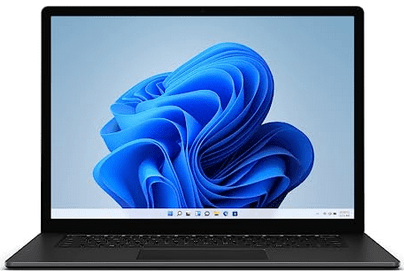Perception and memory Although they seem to have different experiences, neuroscientists were confident that their brains produced them in distinct ways. Neuroimaging research in the 1990s revealed that brain regions that are active for sensory perception were also activated during recall.
“It started to raise the question of whether a memory representation is actually different from a perceptual representation at all,” said Sam Ling, an associate professor of neuroscience and director of the Visual Neuroscience Lab at Boston University. Is it possible that our recall of a forest glade is just a replay of previous neural activity?
“The argument has swung from being this debate over whether there’s even any involvement of sensory cortices to saying ‘Oh, wait a minute, is there any difference?’” said Christopher Baker, an investigator at the National Institute of Mental Health who runs the learning and plasticity unit. “The pendulum has swung from one side to the other, but it’s swung too far.”
Even if there is a very strong neurological similarity between memories and experiences, we know that they can’t be exactly the same. “People don’t get confused between them,” said Serra Favila, a postdoctoral scientist at Columbia University and the lead author of a recent Nature Communications study. Her team’s work has identified at least one of the ways in which memories and perceptions of images are assembled differently at the neurological level.
Blurry spots
The world is seen through our retina’s photoreceptors. This information flows into the visual cortex where it is processed in different types of neurons. Each group adds new levels of complexity to the image: Simple dots of light turn into lines and edges, then contours, then shapes, then complete scenes that embody what we’re seeing.
In the new study, the researchers focused on a feature of vision processing that’s very important in the early groups of neurons: where things are located in space. The pixels and contours making up an image need to be in the correct places or else the brain will create a shuffled, unrecognizable distortion of what we’re seeing.
Participants were taught by researchers how to recognize four distinct patterns against a backdrop that was similar to a dartboard. Participants were instructed to place each pattern in the correct spot and associate it with the color of the central board. Each participant was tested to make sure that they had memorized this information correctly—that if they saw a green dot, for example, they knew the star shape was at the far left position. Researchers then recorded brain activity as participants remembered and perceived the location of the patterns.
Researchers were able to use brain scans to see how neurons marked where something was and what they remembered later. Each neuron attends to one space, or “receptive field,” in the expanse of your vision, such as the lower left corner. A neuron is “only going to fire when you put something in that little spot,” Favila said. Brain scans can easily detect neuron activity that is tuned to one spot in particular space.
Studies of visual perception have shown that the receptive fields of neurons at lower processing levels had smaller amplitudes than those of neurons at higher levels. The higher-tier neurons draw information from a greater area of the visual fields, whereas the lower-tier ones are more adept at combining signals from multiple neurons. The larger receptive fields also have lower spatial precision. This can be analogous to putting large dots of ink across North America’s map to show New Jersey. Visual processing is basically a process of tiny dots becoming larger blurrier but still more important blobs.



